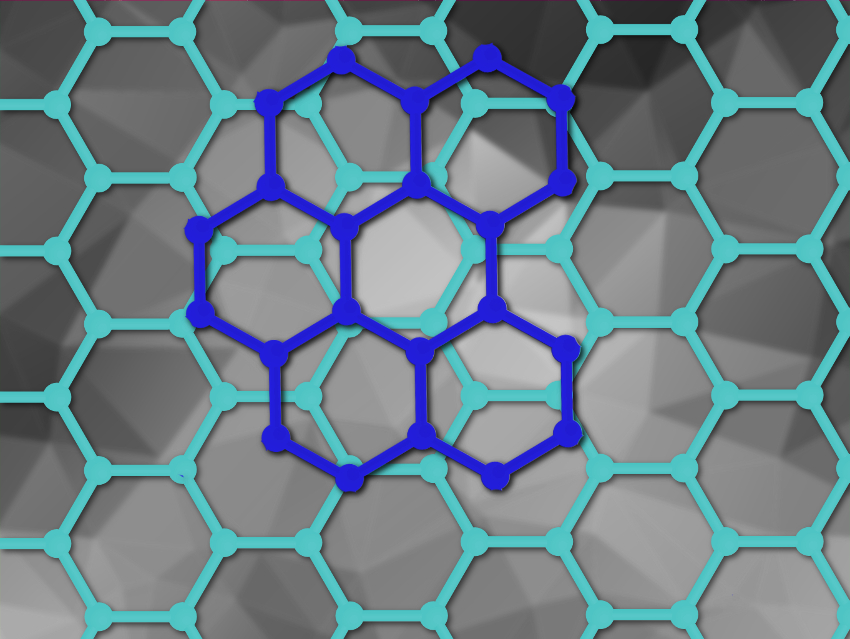Van der Waals heterostructures are structures in which two 2D layers are stacked on top of each other physically but are not chemically connected. They can have interesting and useful electronic properties. They rely on the intermolecular van der Waals interactions to keep them together and are usually made up of two different 2D materials—commonly graphene and hexagonal boron nitride (hBN) or two transition metal dichalcogenides (TMDCs).
Wei Huang, Northwestern Polytechnical University, Xi’an, China, Peng Chen, Nanyang Technological University, Singapore, and colleagues have created vdW heterostructures using two different graphene-type materials—0D graphene quantum dots and pristine 2D graphene layers. The researchers created the heterostructures by ultrasonicating graphite powder while using graphene quantum dots as both an intercalation agent and the surfactant. They created heterostructures both with undoped graphene quantum dots and with quantum dots that had been doped with nitrogen, sulfur, or both using ammonia and/or thiourea.
The team found that the heterostructures could be a useful catalyst for photoelectrochemical water splitting. This is due to a bandgap that is wide enough to promote both the hydrogen evolution reaction (HER) and the oxygen evolution reaction (OER), but not too wide for a broad range of light absorption. Functionalized materials performed better than undoped ones due to their narrower bandgap, stronger light absorption, and better charge separation.
- van der Waals Heterojunction between a Bottom-Up Grown Doped Graphene Quantum Dot and Graphene for Photoelectrochemical Water Splitting,
Yibo Yan, Dong Zhai, Yi Liu, Jun Gong, Jie Chen, Ping Zan, Zhiping Zeng, Shuzhou Li, Wei Huang, Peng Chen,
ACS Nano 2020.
https://doi.org/10.1021/acsnano.9b09554




